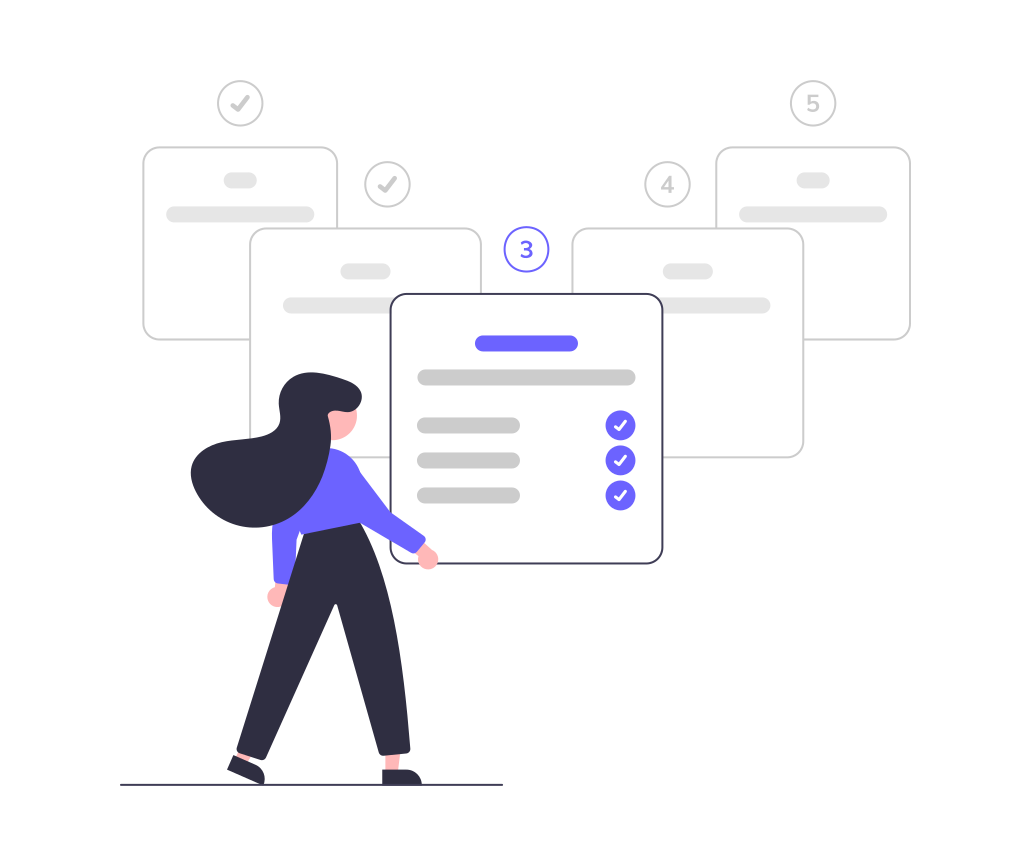In the rapidly evolving B2B landscape, staying ahead requires a dynamic approach to customer segmentation. Segmentation enables businesses to tailor their marketing strategies, optimize resource allocation, and enhance customer experiences. However, maintaining the effectiveness of segmentation strategies demands continuous improvement. This blog delves into the methodologies and tools that can help you refine and elevate your B2B customer segmentation process.
Understanding the Importance of Continuous Improvement
Customer segmentation is not a one-time task. Markets evolve, customer preferences shift, and new data becomes available. Continuous improvement ensures your segmentation strategies remain relevant and effective. By regularly refining your segments, you can better understand your customers, anticipate their needs, and deliver personalized experiences that drive engagement and loyalty.
1. Leverage Advanced Data Analytics
Data is at the heart of effective segmentation. To continuously improve, you must harness advanced data analytics:
- Integrate Diverse Data Sources: Combine data from CRM systems, website analytics, social media, and third-party sources to get a comprehensive view of your customers.
- Utilize Predictive Analytics: Predictive models can identify emerging trends and behaviors, helping you adjust segments proactively.
- Adopt AI and Machine Learning: These technologies can analyze vast datasets to uncover patterns and insights that manual analysis might miss.
2. Embrace Dynamic Segmentation
Traditional static segmentation methods often fall short in fast-paced markets. Dynamic segmentation allows for real-time adjustments based on changing customer data:
- Real-Time Data Integration: Implement systems that update segments in real-time as new data is collected.
- Behavioral Tracking: Monitor customer behaviors and interactions continuously to adjust segments accordingly.
- Adaptive Algorithms: Use algorithms that adapt based on new data inputs to refine segments on the fly.
3. Regularly Validate and Test Segments
To ensure your segments remain effective, regularly validate and test them:
- A/B Testing: Conduct experiments to compare the performance of different segments and strategies.
- Customer Feedback: Gather direct feedback from customers to understand if your segments align with their needs and expectations.
- Performance Metrics: Continuously monitor key performance indicators (KPIs) such as conversion rates, engagement levels, and customer satisfaction scores to assess segment effectiveness.
4. Foster Cross-Functional Collaboration
Improving customer segmentation is a collaborative effort that benefits from diverse perspectives:
- Involve Sales and Marketing Teams: These teams interact with customers regularly and can provide valuable insights into customer behaviors and preferences.
- Engage Data Scientists: Their expertise in data analysis and modeling is crucial for developing and refining segmentation strategies.
- Incorporate Customer Service Insights: Customer service interactions can reveal pain points and unmet needs that should inform segmentation efforts.
5. Stay Updated with Industry Trends
The B2B landscape is constantly evolving. Staying informed about industry trends helps you anticipate changes and adjust your segmentation strategies accordingly:
- Market Research: Regularly conduct market research to stay abreast of industry developments and emerging customer needs.
- Competitive Analysis: Analyze competitors’ segmentation strategies to identify potential gaps or opportunities in your own approach.
- Thought Leadership: Follow industry leaders and experts to gain insights into best practices and innovative segmentation techniques.
6. Implement Continuous Learning and Improvement Cycles
Establish a culture of continuous learning and improvement within your organization:
- Regular Training: Provide ongoing training for your team on the latest tools, technologies, and methodologies in customer segmentation.
- Feedback Loops: Create mechanisms for collecting and acting on feedback from your team and customers.
- Iterative Processes: Develop iterative processes that allow for regular reviews and refinements of segmentation strategies.
Conclusion
Continuous improvement in B2B customer segmentation is essential for maintaining a competitive edge and delivering exceptional customer experiences. By leveraging advanced data analytics, embracing dynamic segmentation, validating and testing segments, fostering cross-functional collaboration, staying updated with industry trends, and implementing continuous learning cycles, you can ensure your segmentation strategies remain effective and aligned with evolving market needs.


